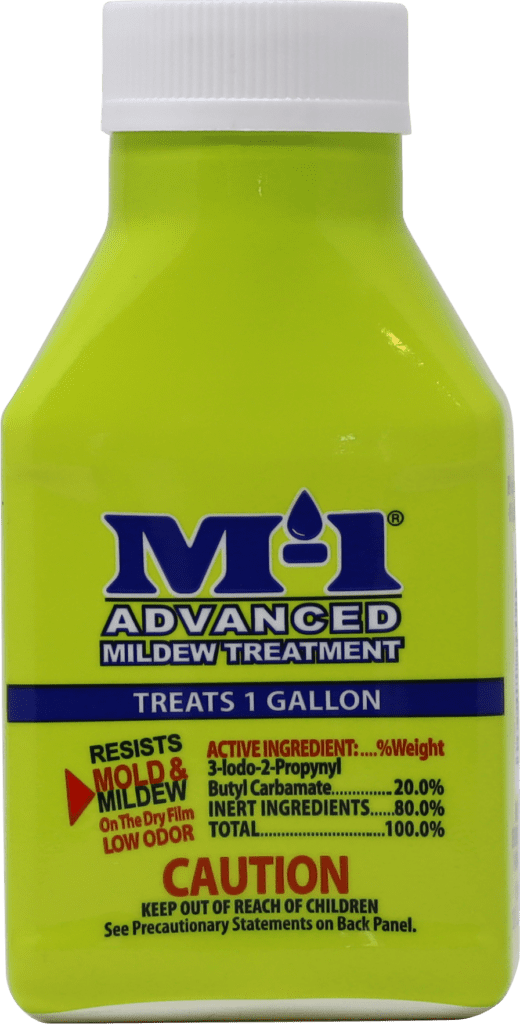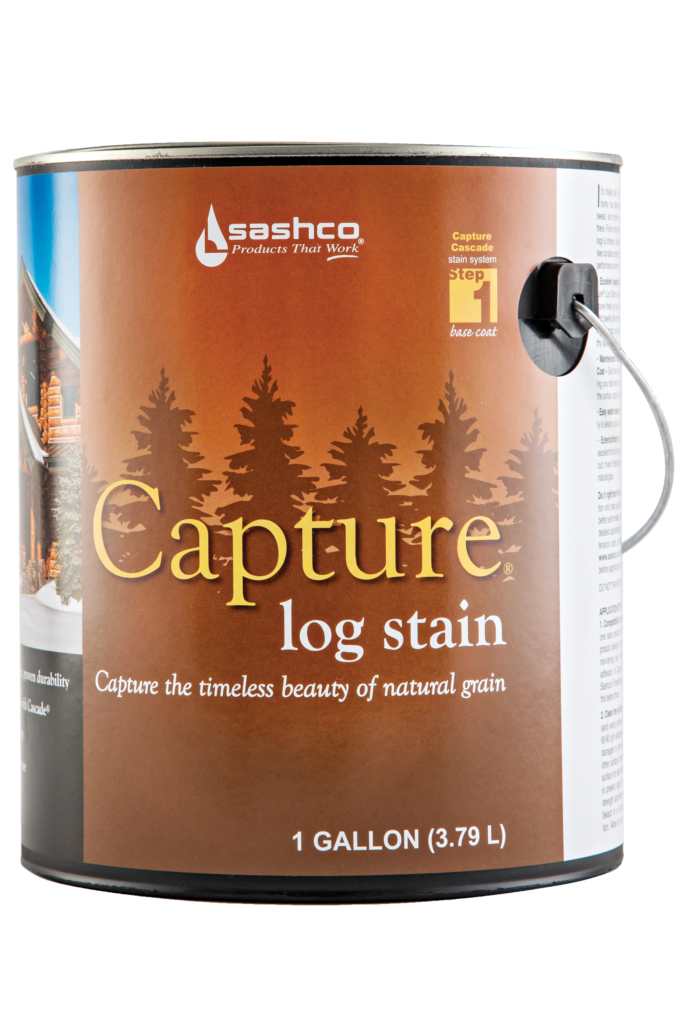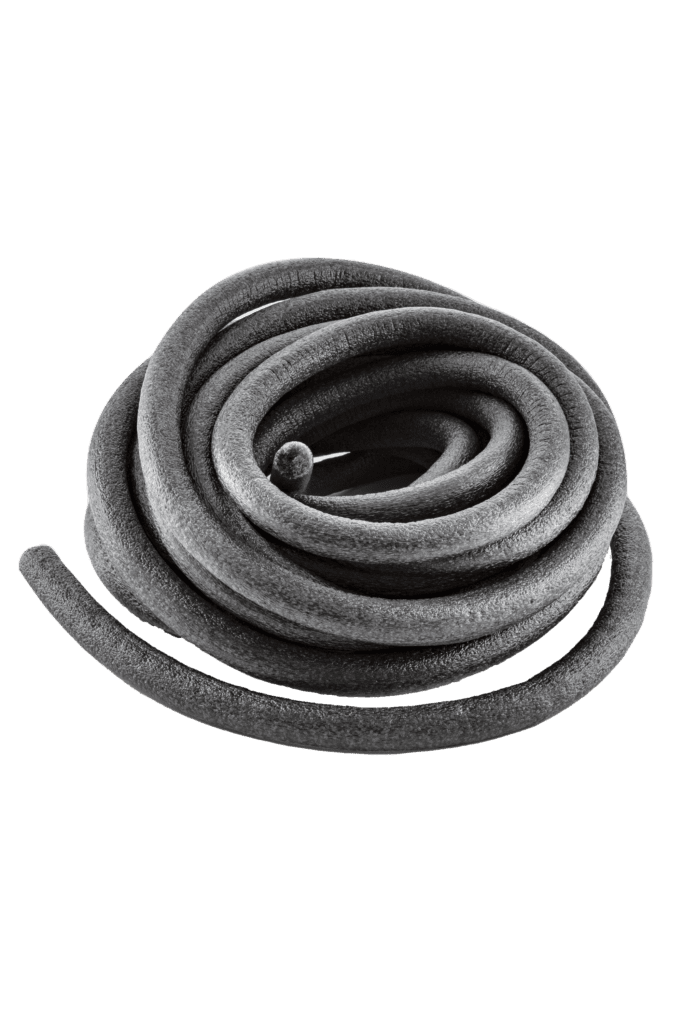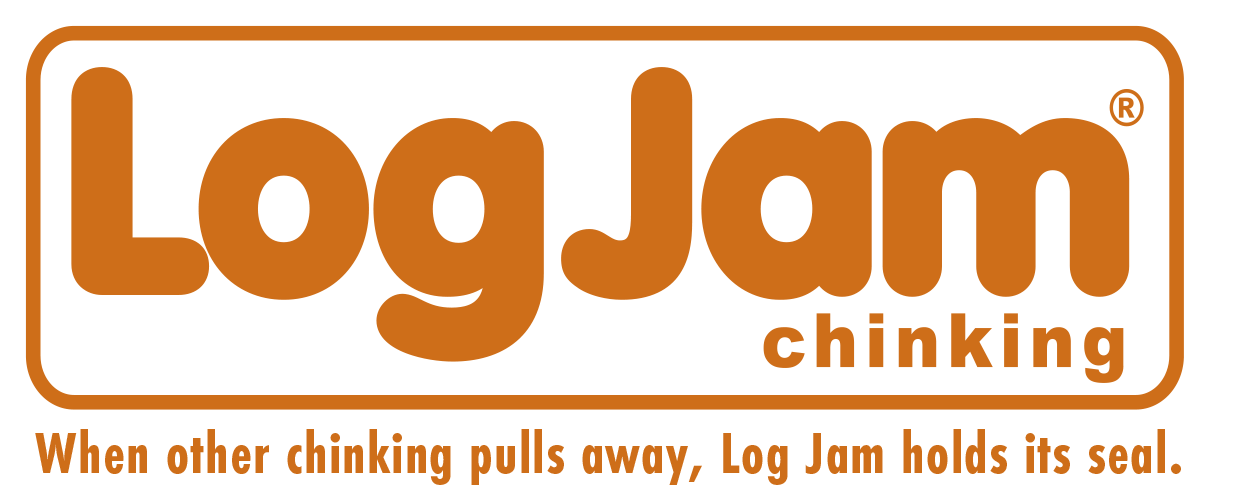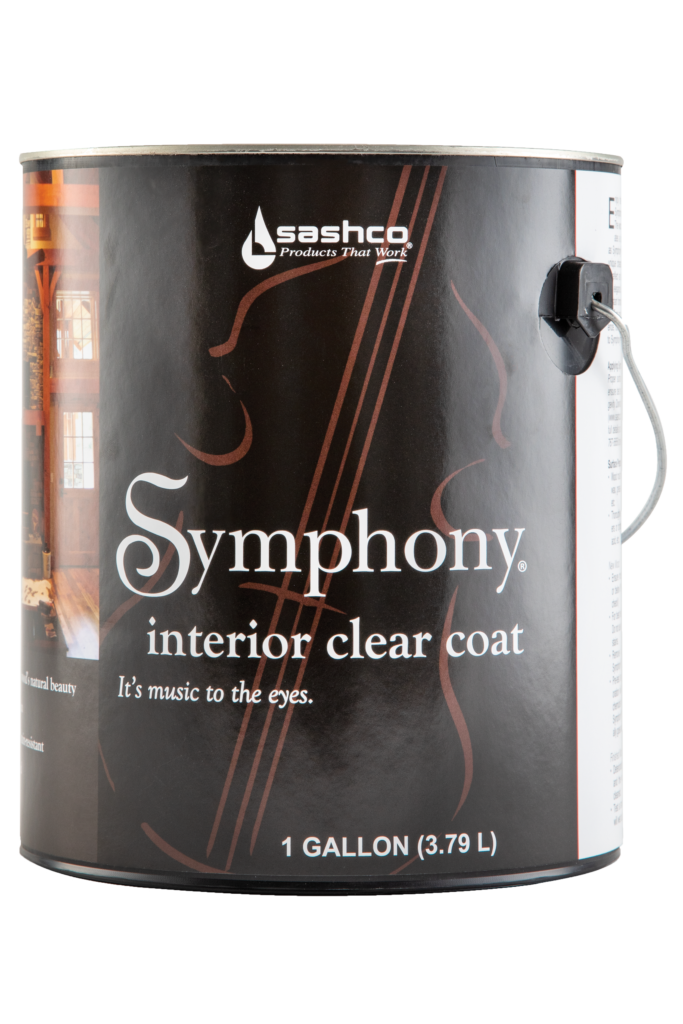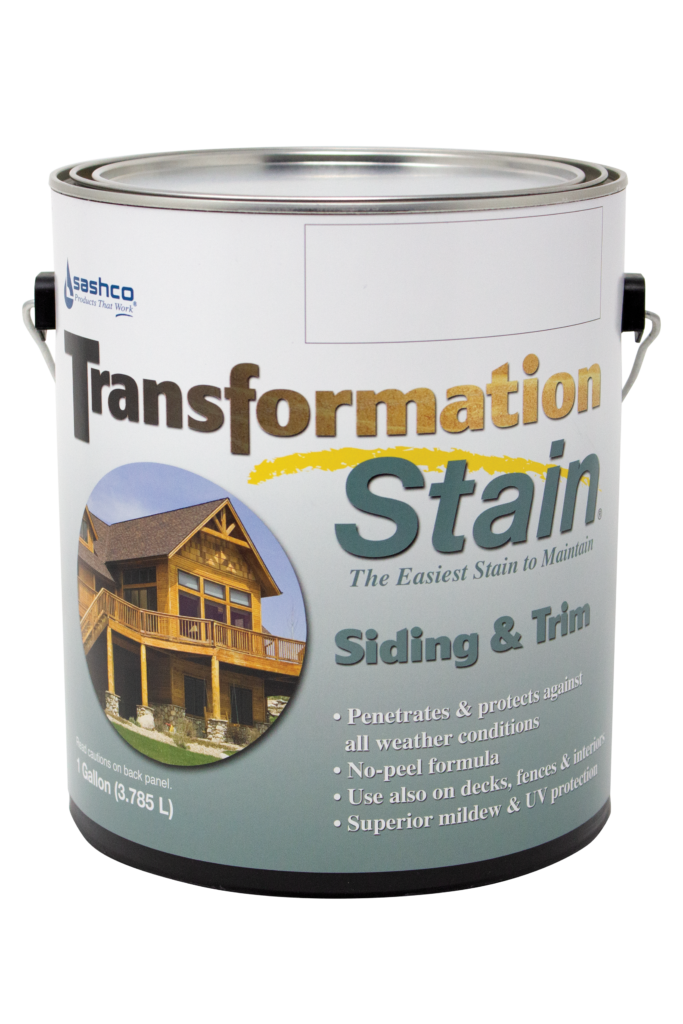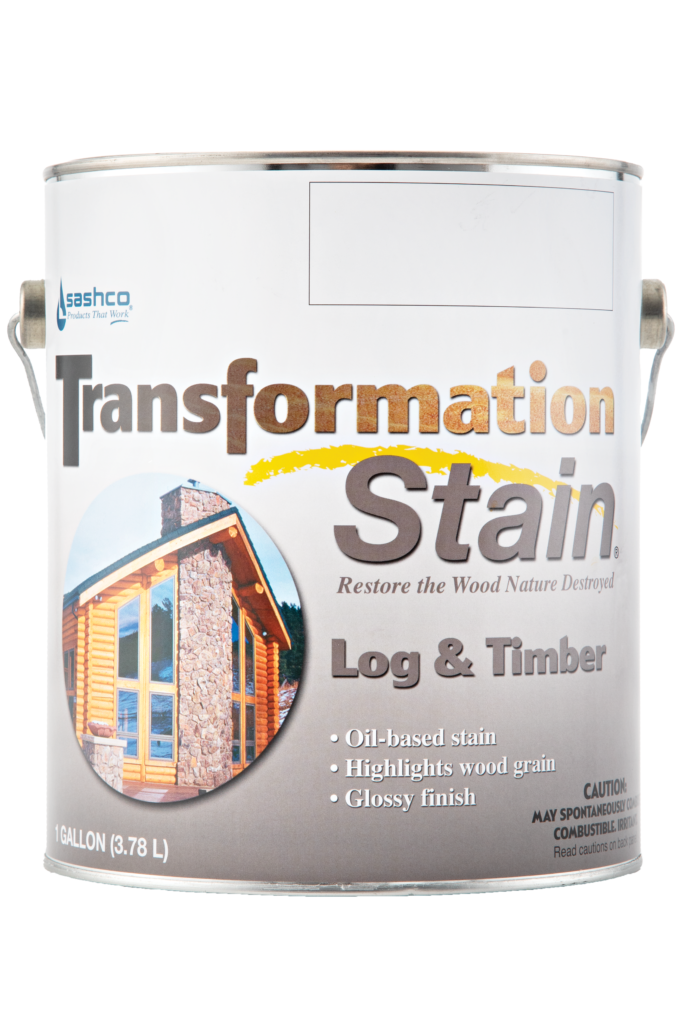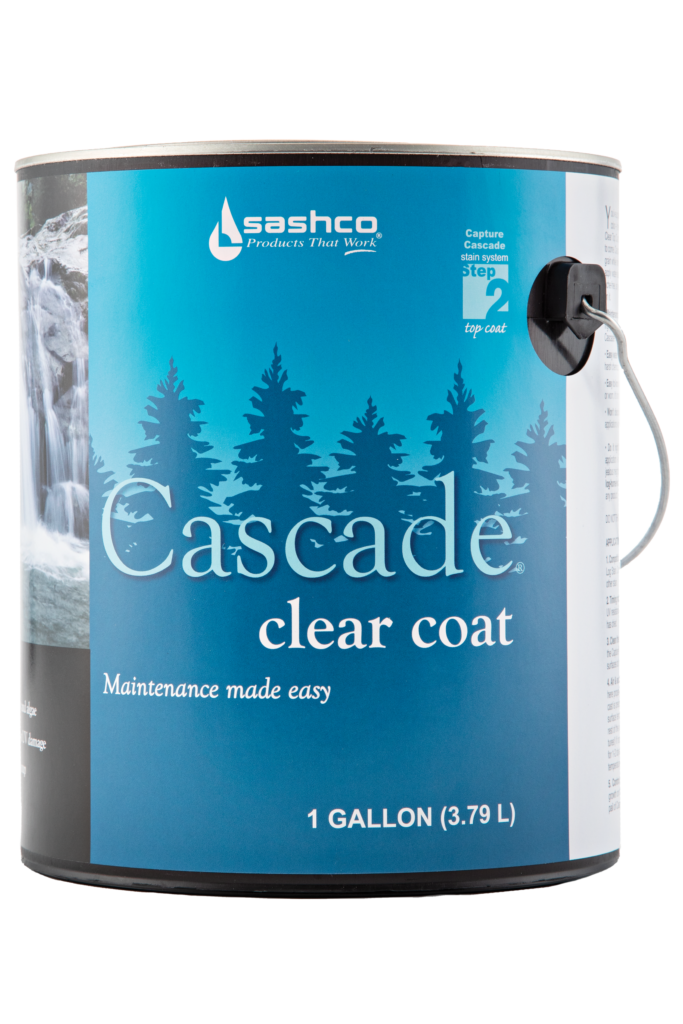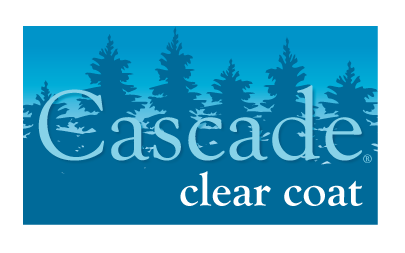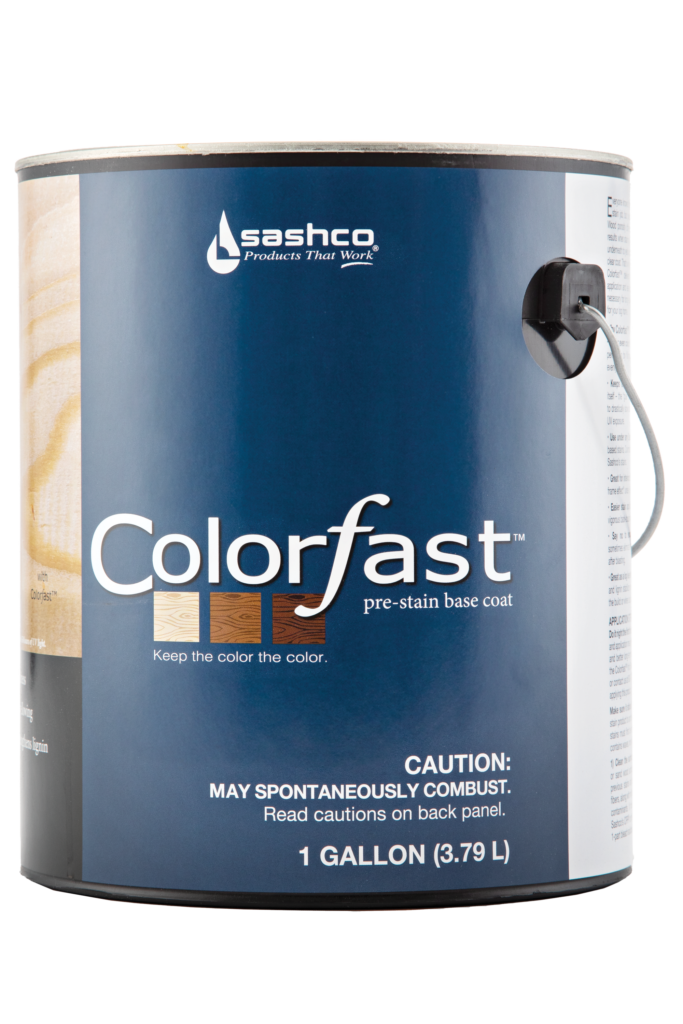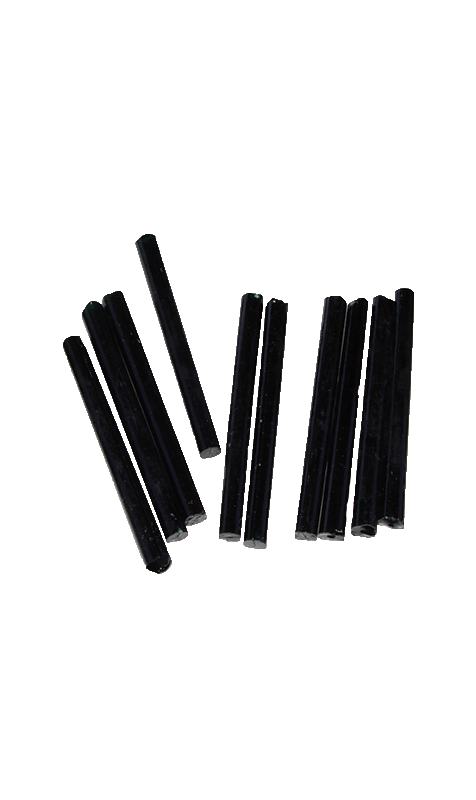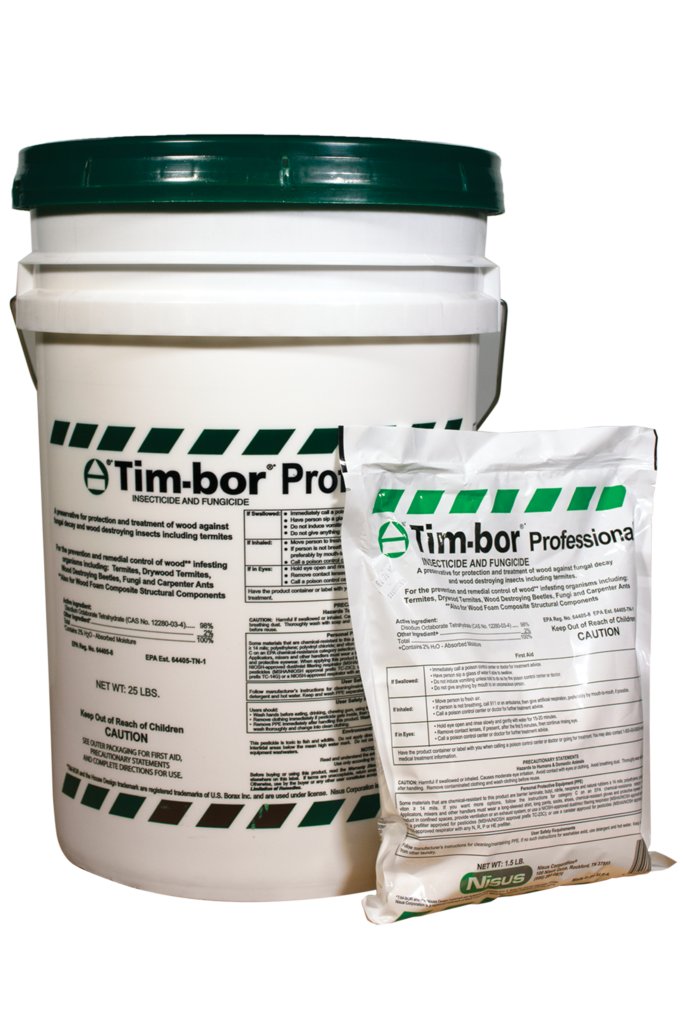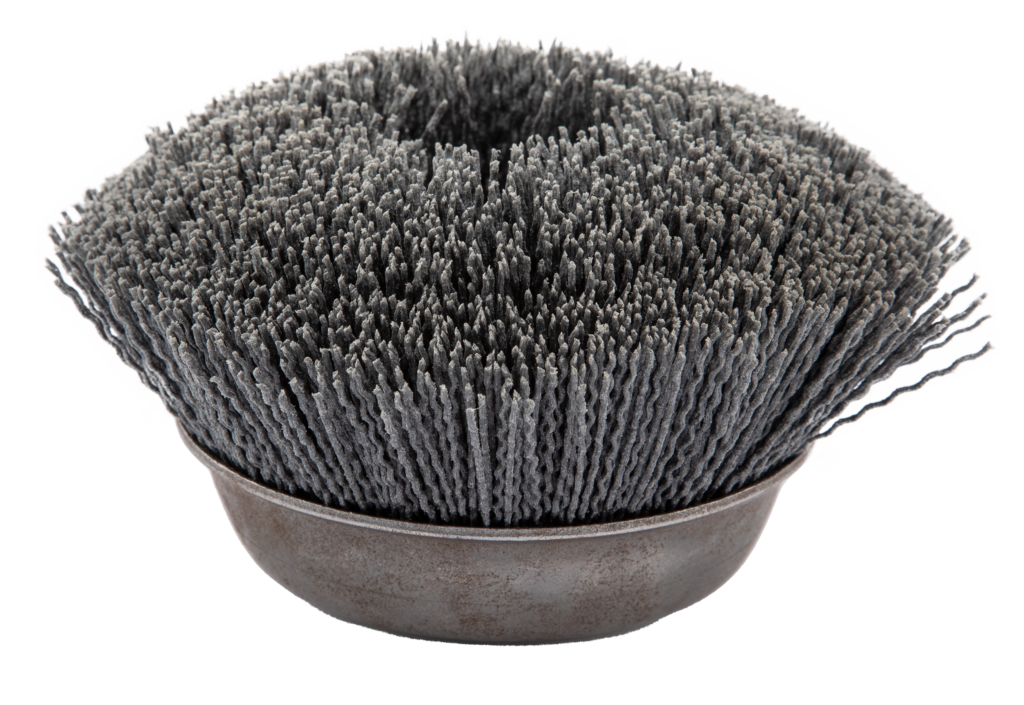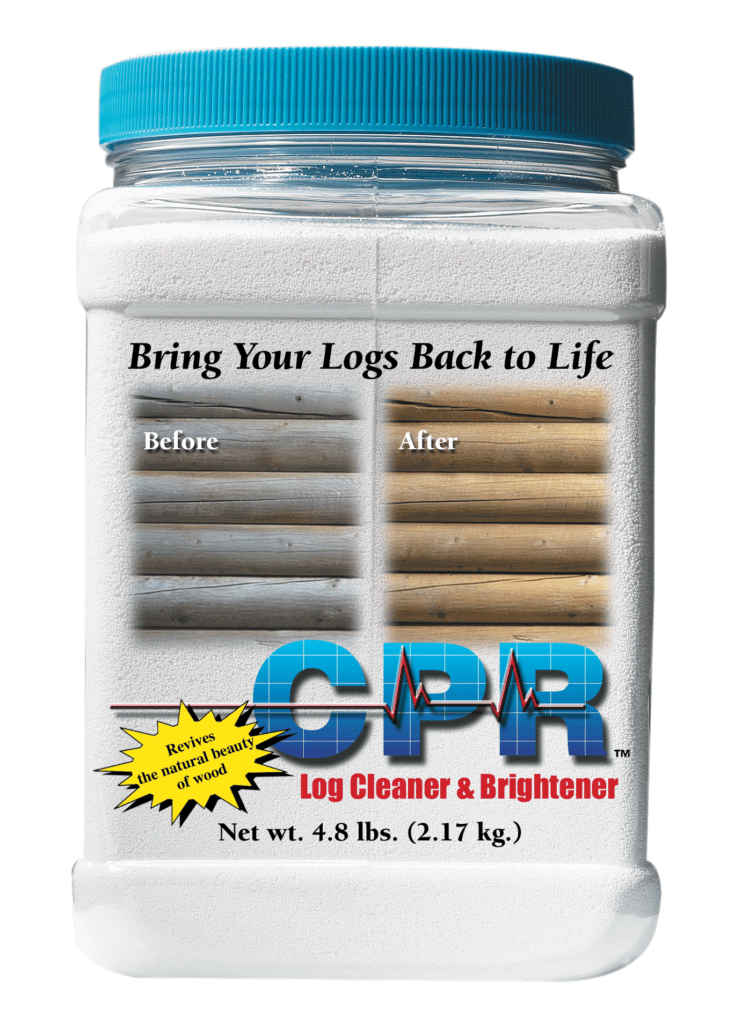How To Seal Log Home Seams Like A Pro.
New Construction
Joint Design
(Insert Joint Design photo from Data Tech)
The diagram shows the ideal type of joint design for all sealants—which allows for maximum sealant movement and favors cohesive failure (the best kind) if the movement is so than 15% of the log width. For example, with 10″ diameter logs, the chink joint should be about 1 1/2″ wide. If you choose to apply a smaller bead, expect more chinking repairs.
Ideal sealant depth is half of the joint width, but no less than 1/4″, nor more than 1/2″.
Restoration
Wood should be clean and stained, as discussed in the Fundamental Chinking Application Guidelines on page. Remove all loose mortar.
Bond-Breaker: When using Log Jam as a restoration chinking over old mortar, cover it with clear packing tape, which provides a surface Log Jam will not stick to. When movement occurs, the Log Jam will be free to stretch.
Tooling: Log Jam should be tooled to contact at least 1/2” of the bare wood surface on either side of the old mortar. This will ensure adequate adhesion.
Slab Siding
(Insert Slab siding illustration from Data Tech)
Slab siding can pose a special challenge due to the very rapid and large amount of movement it often exhibits after being installed. This movement shows up as extreme shrinkage, bowing and twisting, and can stress sealants more than logs do. To help reduce this problem, follow these additional tips with slab siding: 1. Use only dry slab siding (19% or less moisture wp-content level, verified with a moisture meter) 2. Install the siding with heavy screws, not nails.
3. If applying over TyvekTM house wrap, make sure the TyvekTM is
wrinkle free and tape over it with clear packing tape.
4. If the boards are thick enough, install Half Rod backer rod with
the round portion of the profile facing out. This will provide for the best joint design. (Refer to the graphic.)
